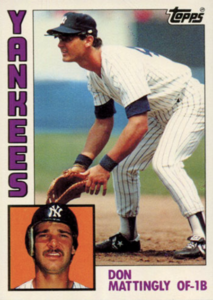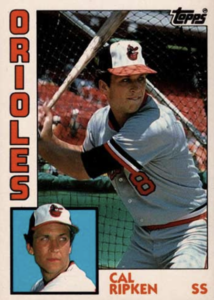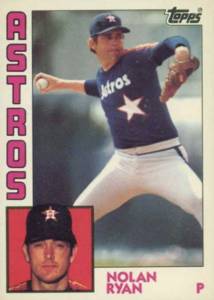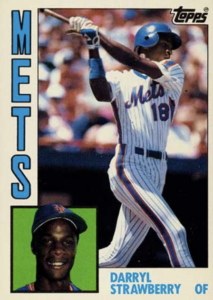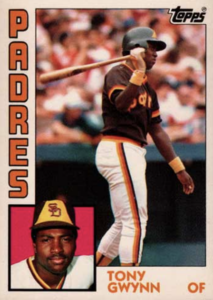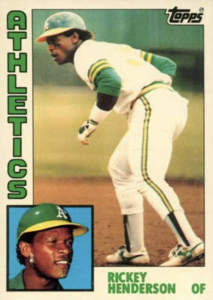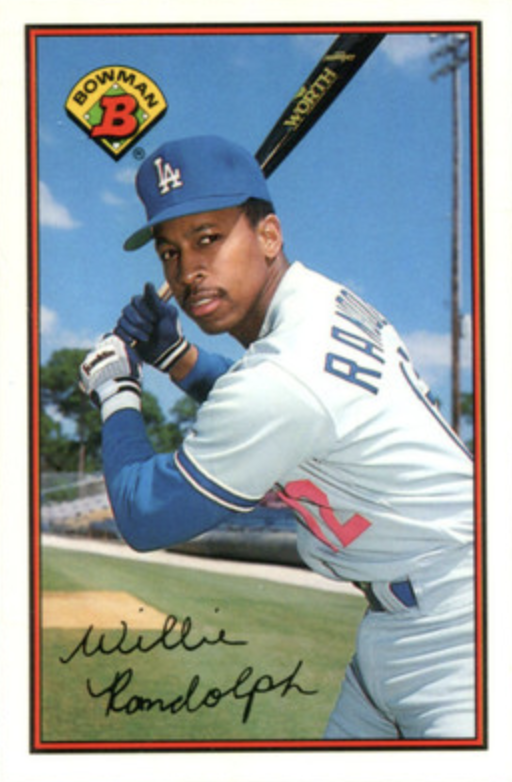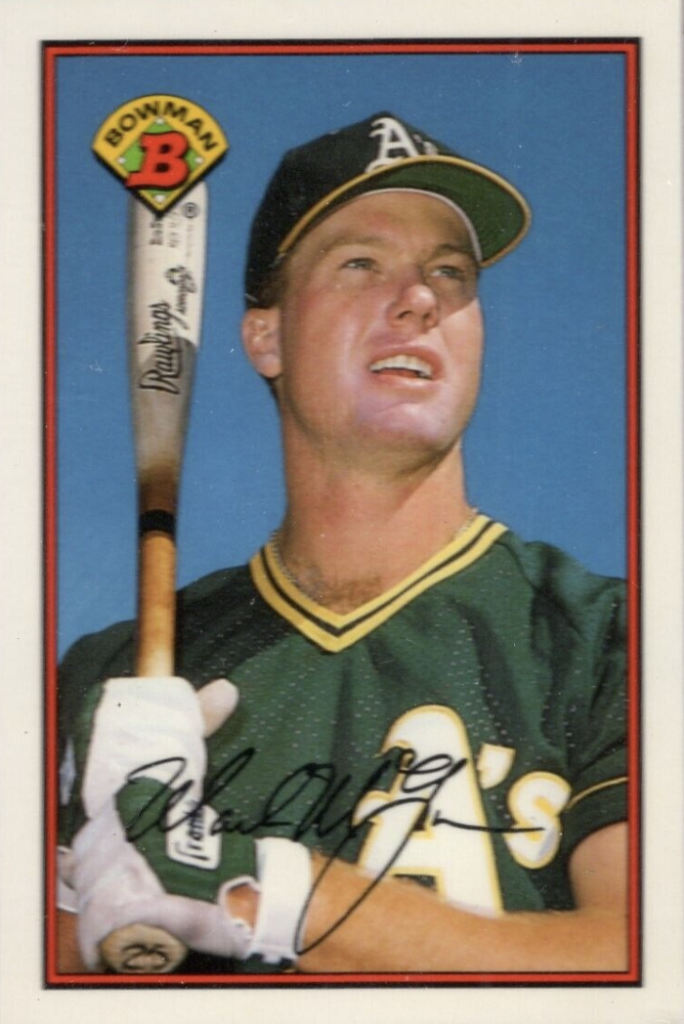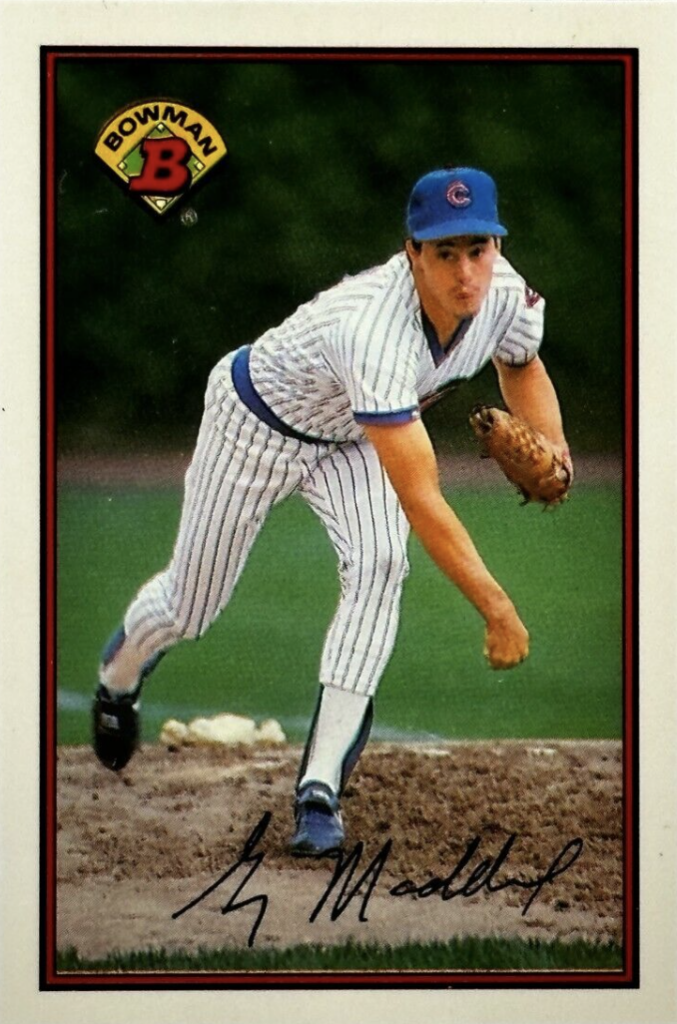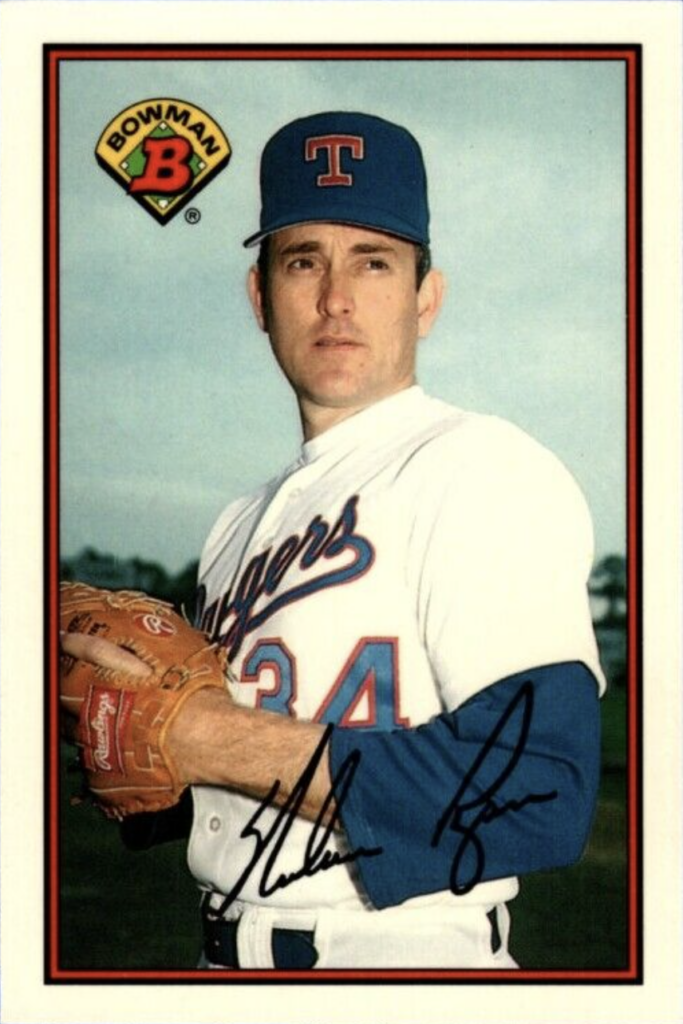
Bowman Baseball’s Tiffany Sets
It doesn’t get more luxurious than diamonds, and diamonds don’t get more luxurious than Tiffany.
The famous New York City jewelry company is a metonym for glitz and glamor. The jaw-dropping gemstones, the famous eggshell blue bags and gift boxes, those lavish advertisements featuring Jay-Z and Beyonce — everything about Tiffany screams fancy.
It only makes sense that the brand lends its name to the premium baseball cards known colloquially as “Tiffany cards.” But despite the name, these cards had no direct tie-in to the legendary jeweler.
Here, we’ll dive into the history of Tiffany sets, see why they were so valuable back then, and highlight a few of the most valuable Tiffany cards today.
The History of Tiffany Cards
In the 20th century, baseball cards were usually produced on what industry insiders call a “clay coat.” It was a lower-quality paper card stock that didn’t allow colors to shine through, and the cards had a rough texture.
In 1984, Topps started to change that by releasing limited-edition factory sets of cards printed on much higher-quality cardstock. These new cards, printed exclusively at Topps’ European manufacturing division in Ireland, had glossy fronts and backs that were smooth, bold, and bright. Compared to the standard base cards of the time, these upgraded cards really stood out from the pack. (Keep in mind that high-quality cardstock might be the standard today, but it was groundbreaking in 1984!)
Only a few thousand complete sets were ever created, and the nickname assigned to these cards was “Tiffany” for the premium quality. And just like the jeweler’s diamonds, these cards were hard to come by.
“The only way you could get all the top rookie cards is if you broke the complete set,” said Aaron Abrams, a brand manager at Topps. “And I don’t know how many people you’ll be able to find with a complete Tiffany set.”
Topps continued producing these premium cards through the rest of the 1980s, and in 1989, when Bowman returned, it brought Tiffany along, too. Add in the fact that these Bowman Tiffany cards primarily feature superstars and exciting rookies, and you’ve got some real value. Though that era has fewer sought-after baseball cards than others (more on that in a second), Tiffany cards represent the best of the best.
Again, glossy cards with clear, bright colors might not sound very transformative today. But Abrams noted that Bowman Tiffany cards marked the first “step in the direction” of the advanced printing methods that card producers use today — finally shifting away from clay coat and towards higher quality.
Value in the Junk Wax Era
What added to the value of Tiffany cards was that these luxe, limited-run cards were produced during the “Junk Wax Era,” an era in collecting marked by dramatic overproduction. As the hobby exploded in popularity in the early 1980s, card producers like Topps rushed to meet demand, and in response, they printed more copies of each card than they ever had before.
After interest in the hobby peaked, supply outpaced demand, and there was plenty of every card to go around. Because even the most sought-after cards of the late 1980s and early 1990s were so readily available, they didn’t hold nearly as much value as cards featuring similar players of other eras.
The Tiffany sets were different, though. For Bowman’s Tiffany cards in 1989 and 1990, It’s believed that about 6,000 sets of the card were printed each year, making it far rarer than comparable sets of the time.
High-Value Bowman Tiffanys
A few cards from the 1989 and 1990 Bowman Tiffany sets stand out from the rest. The first is probably obvious: it’s Ken Griffey Jr.’s 1989 Bowman Tiffany rookie.
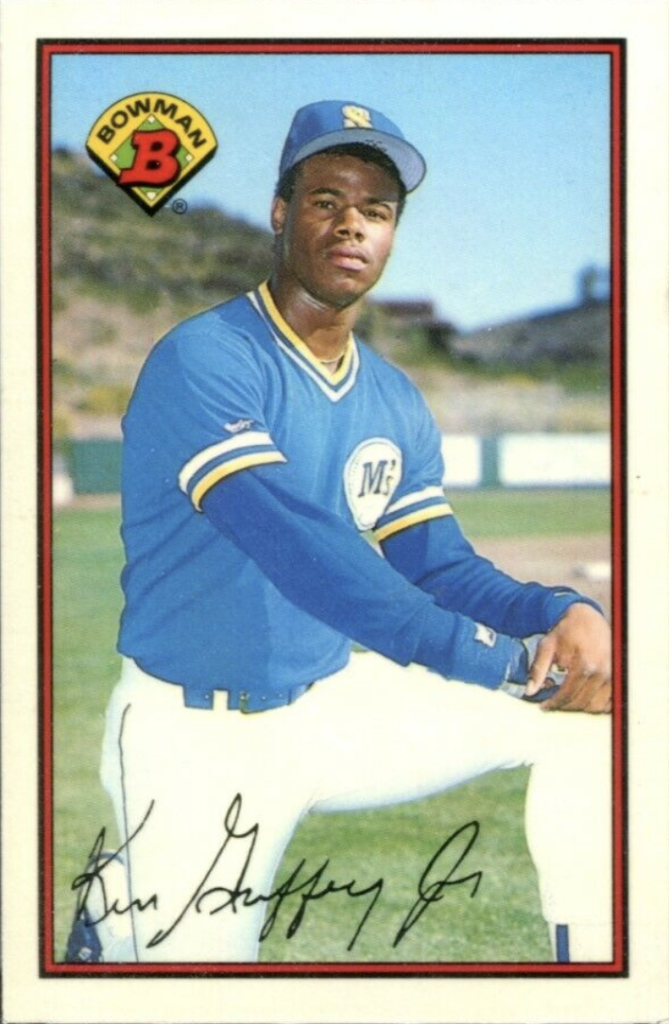
If a card features Junior, it’s bound to be a hot seller, and this one is no exception. The Hall of Famer’s energy for the game was infectious, and he was a fan favorite throughout his 22-year MLB career. Whereas a standard Griffey base card fetches about $20 on the market, you’ll routinely see Griffey’s perfectly graded 1989 Bowman Tiffany listed for sale at prices above $15,000. Even amongst fellow Tiffanys, Griffey is in a league of his own.
Another valuable 1989 Bowman Tiffany card is that of outfielder Gary Sheffield, who was breaking into the Bigs with the Milwaukee Brewers at that time. Sheffield went on to earn nine All-Star nominations and slugged more than 500 home runs in his storied career. Today, Sheffield’s gem mint Tiffany can be had for about $700.
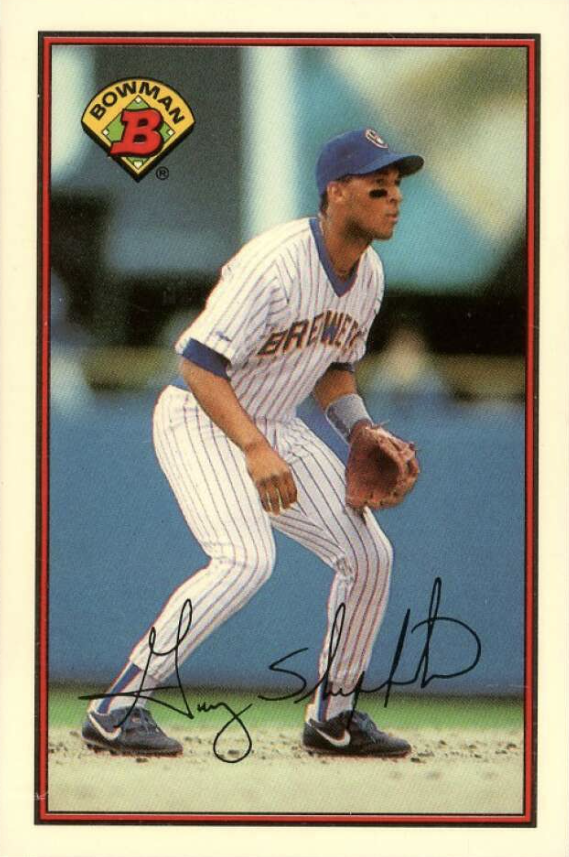
The following year, the highlight of the Bowman Tiffany set was Chicago White Sox first baseman, Frank Thomas. The fearsome slugger won two MVPs during his Hall of Fame career, including a unanimous selection in 1993. His gem mint Bowman Tiffany is listed for about $3,000.
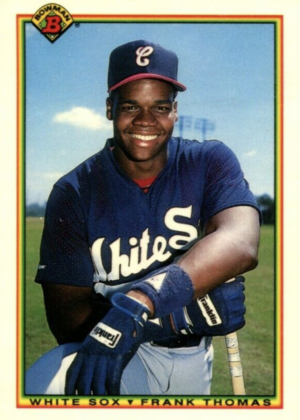
If you snag one of these, you’ll feel like a million bucks — and if you want to show it off around town in style, Tiffany’s got just the thing.
